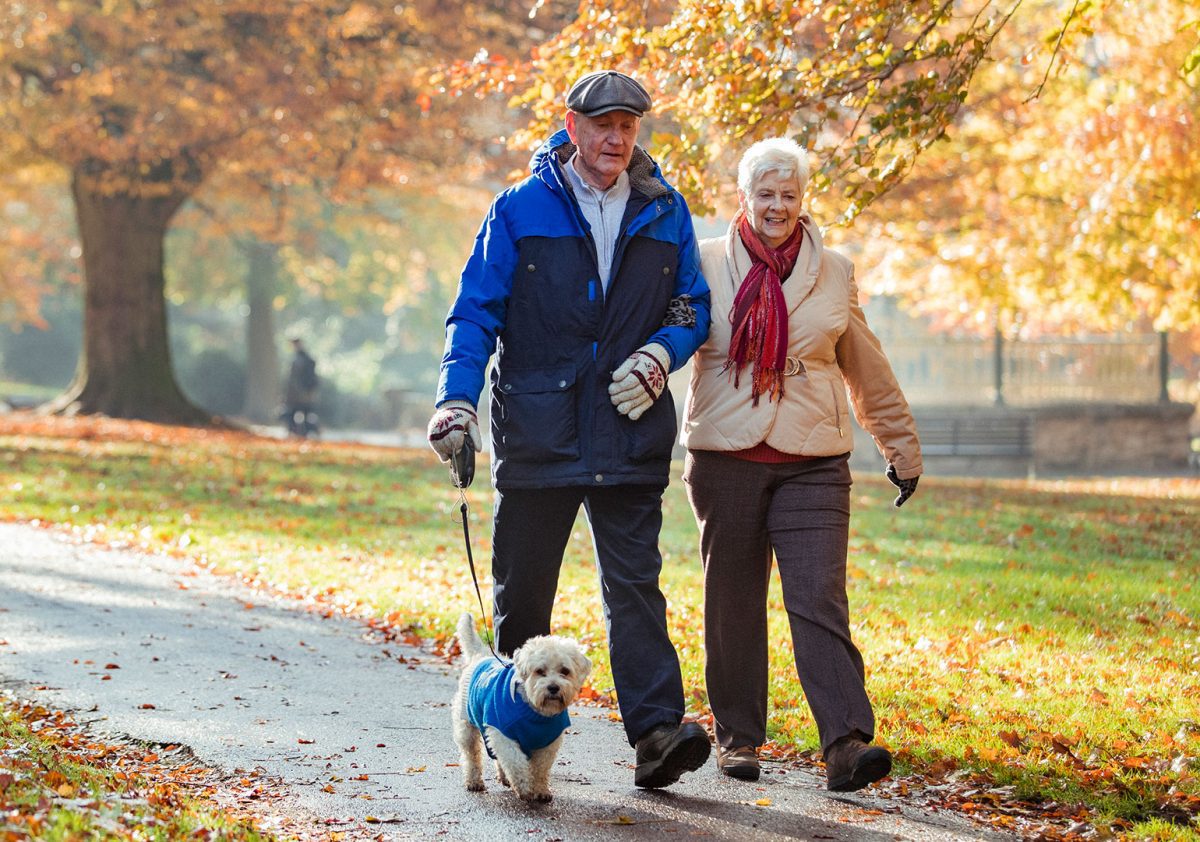According to the Centers for Disease Control and Prevention (CDC), millions of people 65 and older fall each year, leading to injuries, trauma and even death. Falls can be caused by age-related muscle loss, balance issues, drops in blood pressure, and other factors. Falling once doubles your chances of falling again, so it’s critical to prevent falls before they happen.
What can you do to decrease risk factors and stop falls from occurring? It may start with becoming as educated as possible while creating a fall-prevention exercise program.
Importance of Preventing Falls
While we know that preventing falls is important, you may not know just how important it can be for older adults. Did you know that:
- 1 out of 5 falls causes a serious injury such as broken bones or a head injury
- 300,000 older people are hospitalized for hip fractures yearly
- 37% of those who fall reported an injury that required medical treatment or restricted their activity for at least one day
- Women are more likely to fall than men
These numbers are staggering – and continuously rising. Fortunately, knowing what may cause falls, as well as how to decrease your risk factors for falls, can help you stay safe.
What Causes Falls
A number of factors can cause an increased likelihood of falls. Some of the most common include age-related loss of muscle mass, long-term conditions like diabetes or heart disease, the side effects of medication, poor vision, weakness, and dehydration.
Don’t forget about fall risks that may be present in your daily environment, too. Clutter throughout the home, steep or slippery stairways, unsafe shoes, wet or snowy weather, and various tripping hazards can quickly cause falls and the health problems associated with them.
Fortunately, it’s possible to keep yourself as fall-free as possible with prevention exercises, and we’re here to help you get started.
Step-by-Step Guide on Creating a Fall-Prevention Exercise Program
If you’re interested in beginning or creating a fall-prevention program, take these steps to do so as safely and effectively as possible.
Step 1 | Talk to Your Doctor
Before beginning your routine, start by talking to your doctor. Since you are their patient, falls are something that they will want to help you prevent. Not only will they have plenty of resources and evidence-based tips to give you, but they can ensure you are targeting areas you need to improve in while helping you be as safe as possible. Schedule an appointment to:
- Assess your overall fall risk
- Test your vision to determine whether further evaluation is needed
- Evaluate medications that may put you at risk of falls
- Share what exercises may be most effective
- Put you in contact with a physical therapist who may be able to share exercises with you
Step 2 | Get Started on the Right Foot
Once you’re ready to get started, establish what you can do to prepare yourself and your space for exercise.
- Declutter your home to prevent tripping hazards
- Put the right safety measures in place, like exercising with someone or putting an assistive device nearby to stabilize yourself
- Make sure you have the right exercise clothes and shoes
- Remember to ease into your routine
- Stretch and warm up first so you can exercise safely
Step 3 | Enhance Your Balance and Flexibility
Anything that challenges your balance can be beneficial in preventing falls. Check out some of these top balance exercises for seniors.
- Balance on one leg, switching from your left foot to your right foot
- Stand with your feet at hip width, then shifting weight from side to side, lifting your opposite foot off the floor
- Participate in a tai chi class or do simple yoga exercises to enhance balance
- Try heel-toe walking, standing with your feet directly in front of each other and walking in a straight line
Step 4 | Focus on Increasing Strength
When combined, strength and balance for seniors can be a powerful force in preventing falls. Aside from balance training, you should also focus on physical activity that enhances strength.
- Do sit-to-stand exercises
- Try resistance band workouts
- Do leg extensions from a seated position, making sure to repeat on the other side
- Start doing bicep curls with light hand weights
- Consider using hand weights while walking
Step 5 | Find Ways to Get Active Every Day
Staying active is easier than you may think. Here are some tips to get started:
- Strive to walk daily
- Try a new class
- Tailor your plans so you can get more exercise with friends
Keeping Residents Safe from Falls with Fitness Programs
At Waterstone at Wellesley, residents enjoy the peace of mind of knowing that right outside their door, they have the tools and guidance needed to help prevent falls.
With engaging programs such as tai chi and yoga as well as a range of wellness amenities, including our indoor pool and fitness center offering personal training and group classes, residents can engage in activities that help them reach their specific health and wellness goals.
To learn more, or to see how we keep residents healthy, active and engaged with social events, educational opportunities, and personalized exercise programs for seniors, schedule a visit today.
WATERSTONE AT WELLESLEY. NOW THIS IS HOME.
Waterstone at Wellesley offers independent living and assisted living options in Wellesley along the banks of the Charles River. Schedule a visit today to experience our lifestyle and learn how we help seniors thrive.
